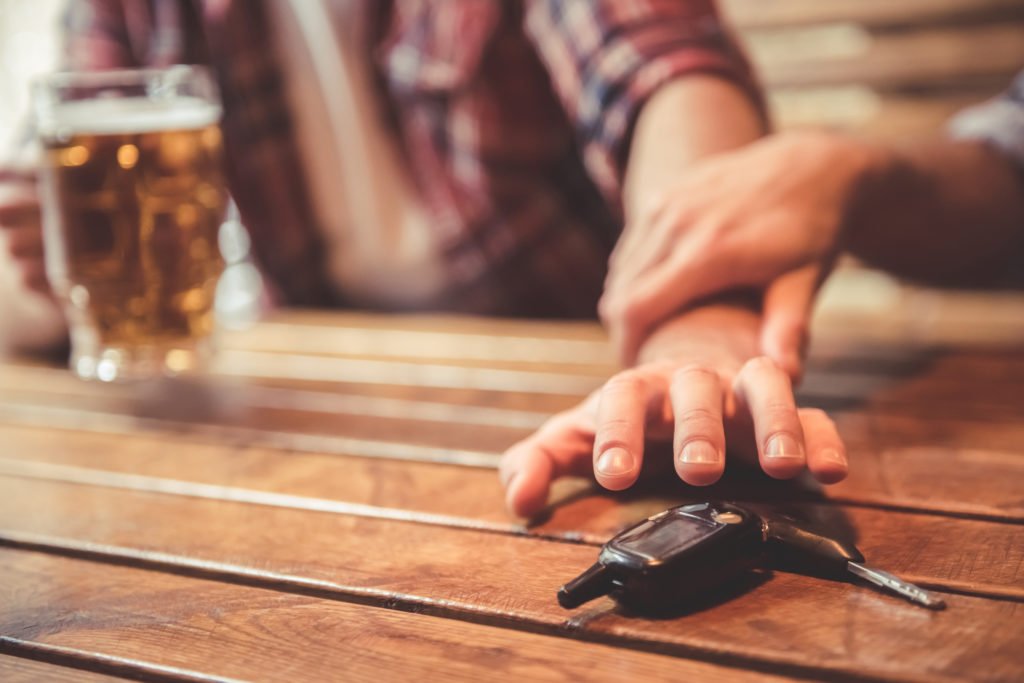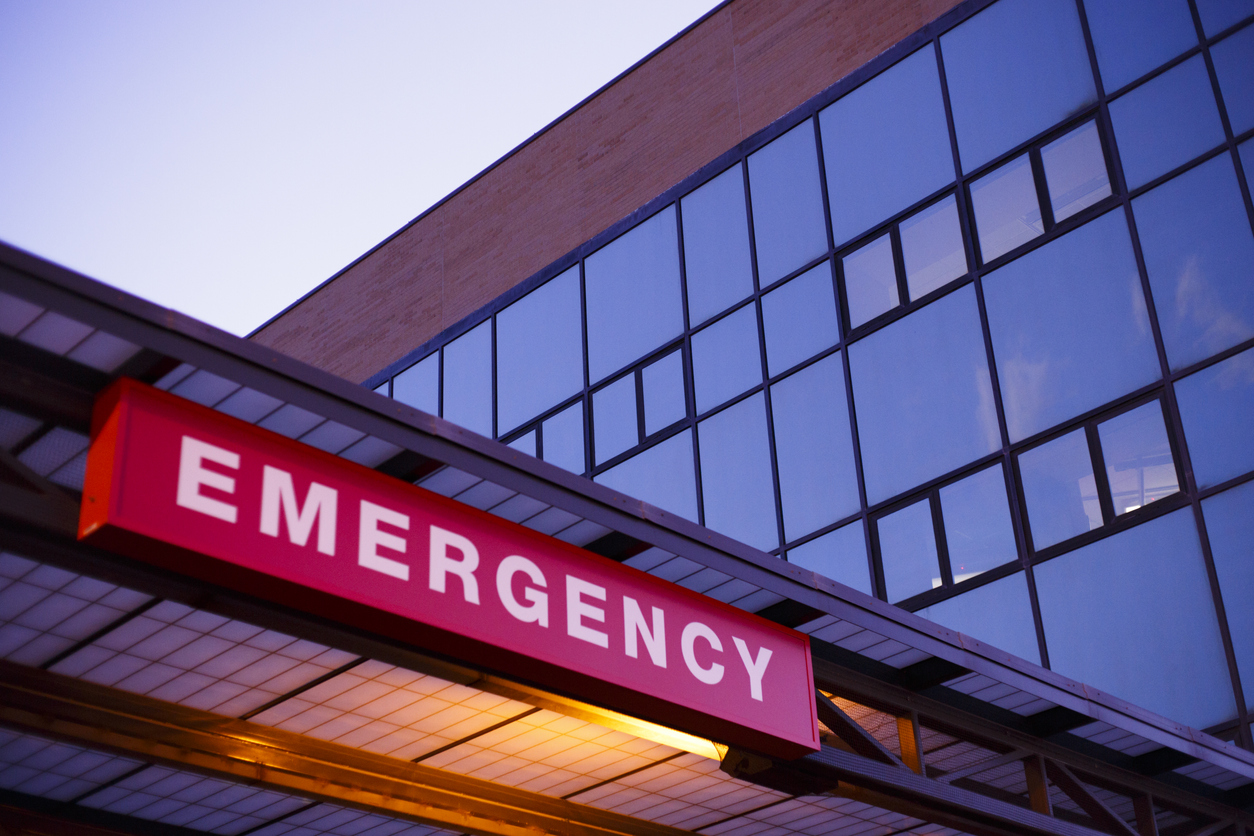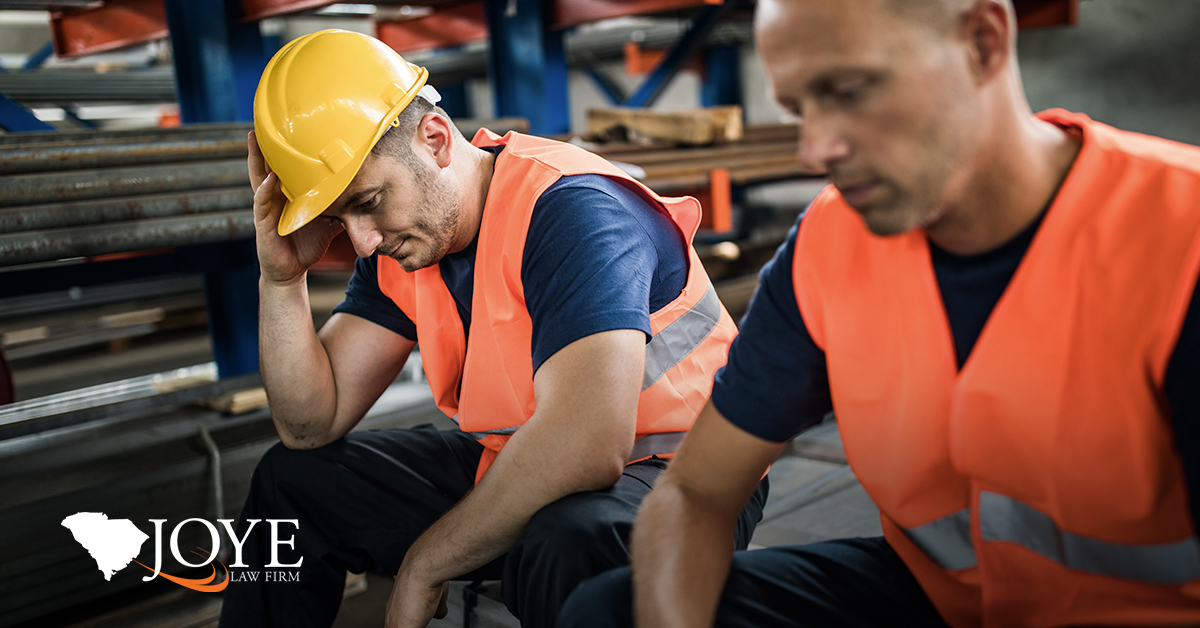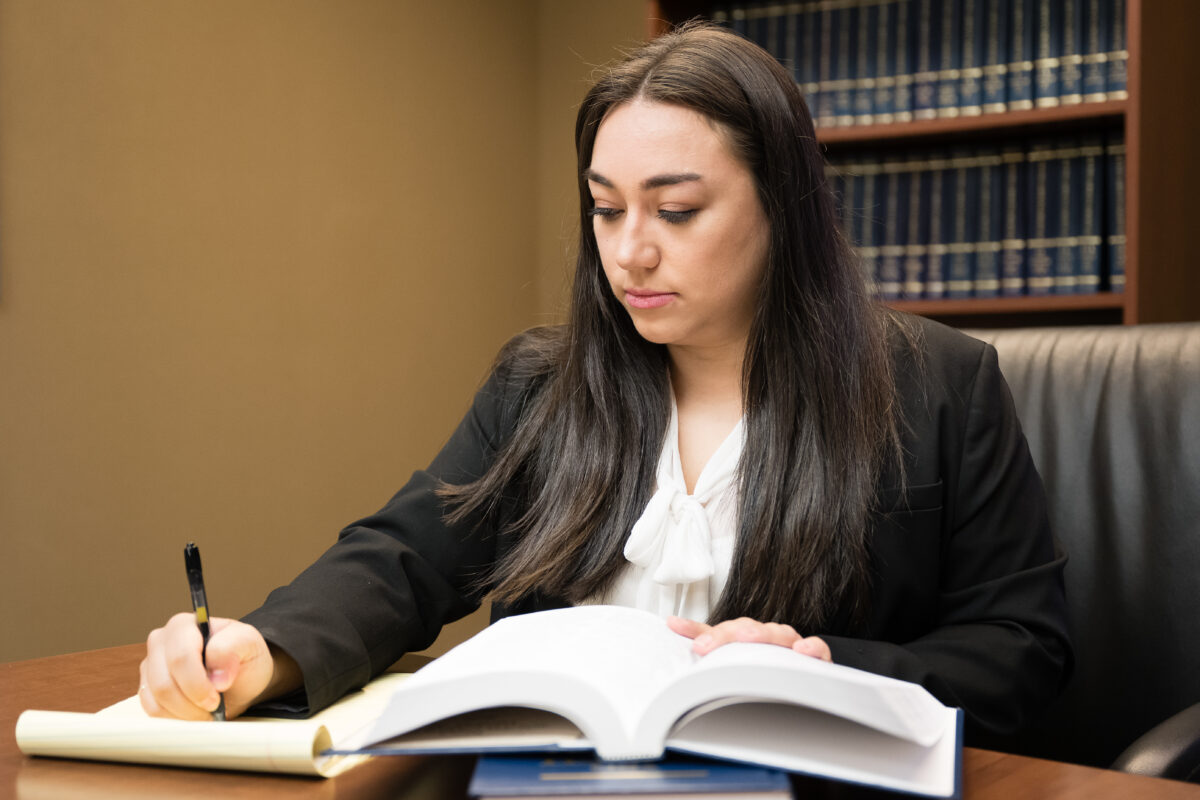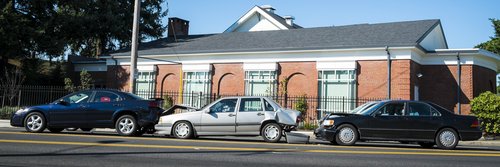
I Was in a Car Accident Where I was Struck from Behind and I Hit the Car in Front of Me. Who is at Fault? Can I Get Sued by the Driver in Front of Me?
No matter how minor a car accident might be, at Joye Law Firm, we know that traffic collisions can be frustrating for all parties involved. When an accident involves multiple vehicles in a pile-up accident, and you believe one of the drivers behind you was the at-fault party, it can be especially aggravating to prove fault and to show that you were not responsible for striking the vehicle in front of you. Many South Carolina residents have heard that anytime you are involved in a rear-end accident, and your vehicle strikes another motorist from behind, you will be considered at fault for the accident. While this may be true in numerous two-car accidents, chain-reaction collisions work differently.
As a recent report from WYFF ABC News 4 suggests, chain-reaction crashes happen in South Carolina, and they involve multiple vehicles that typically end up in a “pileup” situation. In the specific incident mentioned in the report, a chain-reaction crash caused multiple vehicle to pile up on a bridge northeast of Columbia, near Clemson University.
When a chain-reaction crash occurs and you hit the vehicle in front of you, who is at fault? And do you need to be worried about being sued by the driver in front of you? These are important questions, and we would like to discuss these issues in greater detail.
Determining Fault in a South Carolina Chain-Reaction Collision
When a chain-reaction crash causes a multi-vehicle pileup in Myrtle Beach, Columbia, or Charleston, who is at fault for the accident? The answer to this question can vary based on a number of different factors. But the most important thing you need to know is this: you will not necessarily be held to be at fault for the accident, and the driver in front of you will not necessarily file a claim if it is clear that another driver’s negligence caused the pileup.
What kinds of factors will be relevant in determining fault in a chain-reaction crash? First, it will be important to investigate the reason that the car behind you struck your vehicle in a rear-end crash. Was the driver distracted and thus not paying attention? As a fact sheet from the Governors Highway Safety Association (GHSA) emphasizes, South Carolina law bans texting while driving, and cellphone use behind the wheel can be evidence of a driver’s distraction. If the driver was not distracted when she or he struck your vehicle, was there another issue that points to that driver’s negligence? For example, was the driving behaving aggressively and following too closely? Was the driver drowsy and thus not paying sufficient attention to the traffic ahead of him?
Your South Carolina car accident attorney can discuss options with you for obtaining evidence that can support your side of the story. In some cases, witnesses may have seen the accident and can provide important information concerning fault. In other situations, an accident reconstruction expert may be able to evaluate photos from the scene to help prove that the driver behind you caused the crash.
South Carolina’s Law On Comparative Negligence
When determining fault, you should also keep in mind that you still may be able to recover for any damages caused by the driver behind you even if you are partially to blame for the accident. For instance, whether you were paying close attention to traffic (and attempted to stop as soon as you saw the vehicle’s brake lights in front of you) will be important to determine. In some instances, drivers in Charleston or Myrtle Beach rely on dash cameras to provide evidence of an accident scenario. Indeed, an article in The State emphasizes that many South Carolina residents are purchasing dash cameras for their personal vehicles in order to “protect against false accusations” when accidents occur. A dash camera might also help to determine the following distance between your vehicle and the car in front of you. A fact sheet from the South Carolina Department of Motor Vehicles highlights that careful drivers maintain a safe following distance when they are behind the wheel.
Even if you were following a bit too closely, however, you still may be eligible to receive damages in a claim against the driver behind you. Given that South Carolina law follows a theory of comparative negligence, if you are determined to be partially at fault for damage in an accident (such as to the car in front of you in a multi-car pileup), then your damage award will be reduced by your percentage of fault. For instance, if you are determined to be 10 percent at fault, your damage award will be reduced by 10 percent. The only catch is this: if you are 50 percent or more at fault, you cannot recover anything.
Contact a Columbia Auto Accident Attorney
Were you recently involved in a chain-reaction crash in South Carolina? Do you have questions about determining fault in the accident and filing a claim for compensation? An experienced Columbia auto accident lawyer can answer your questions today. Contact Joye Law Firm for more information.




